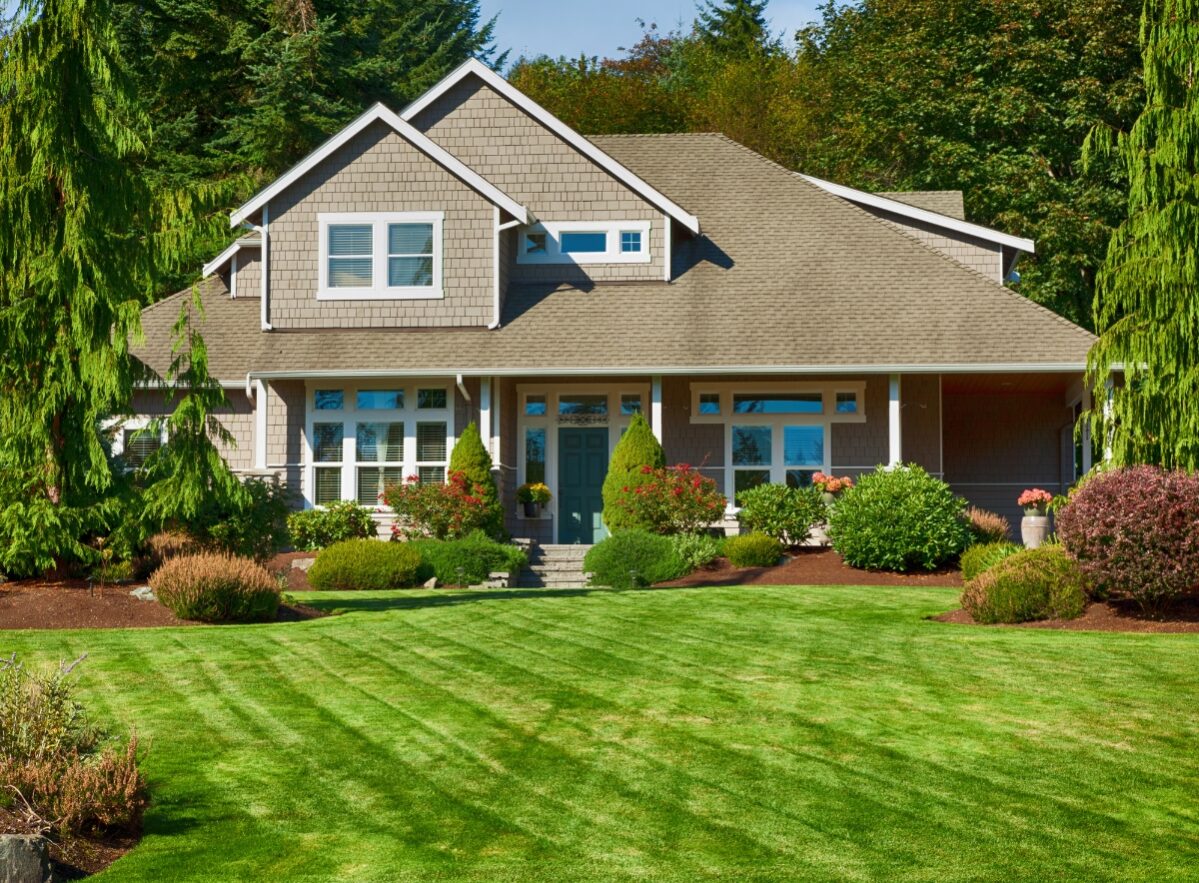Investing in professional landscape installation is about more than just instant curb appeal—it’s a long-term strategic decision that enhances property value, ensures environmental sustainability, and saves you from costly corrections down the road. While DIY projects may seem budget-friendly initially, improper planning or installation can lead to drainage issues, plant loss, and uneven hardscapes that require expensive repairs. In this guide, we’ll explore how expert design, quality materials, and skilled execution work together to create an outdoor space that not only looks stunning from day one but also thrives for years, making professional installation a wise and rewarding investment for any homeowner.
Why Professional Landscape Installation Pays Off Big Time
What Are the Key Benefits of Professional Landscape Installation?
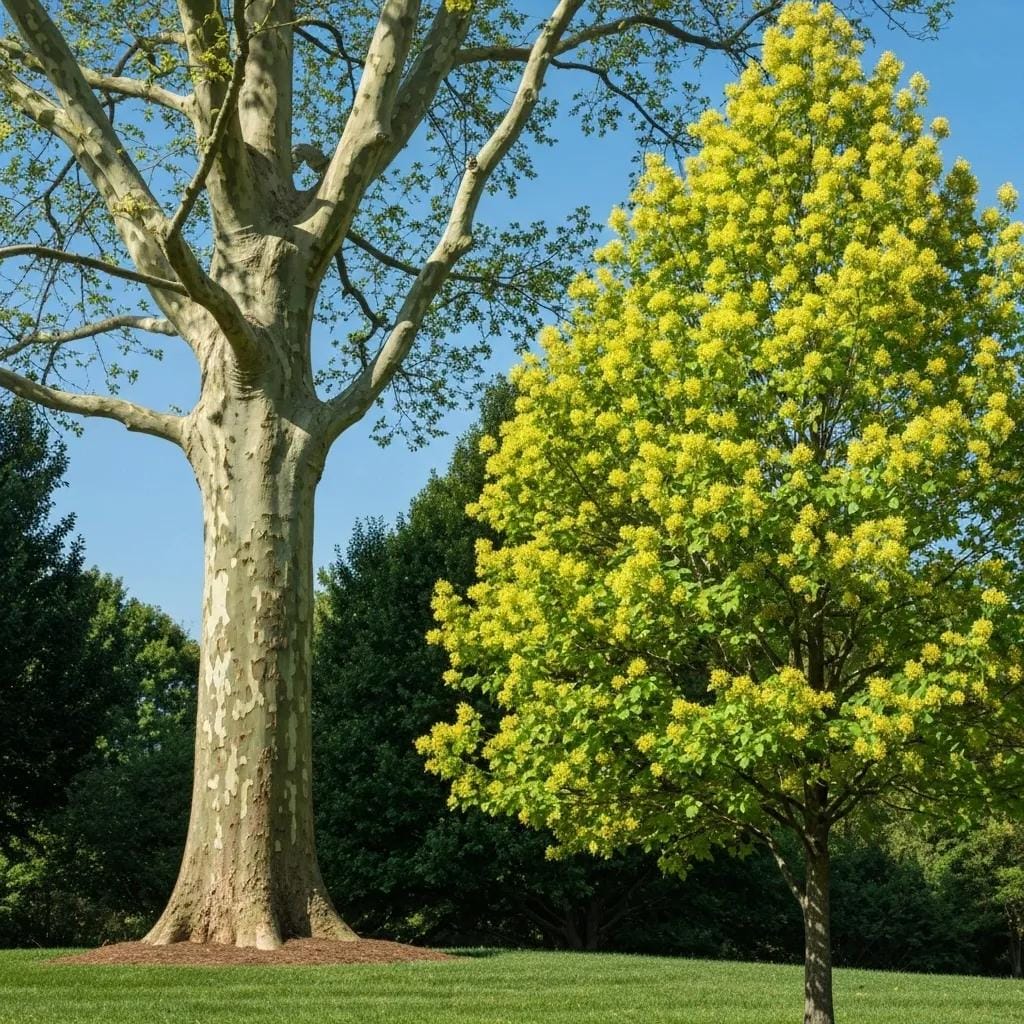
Investing in professional landscape installation offers a combination of visual appeal, functionality, and long-term property value. Trained landscapers integrate design principles with technical expertise to create spaces that are both beautiful and practical. From improved drainage and soil health to seamless transitions between hardscape and softscape, a professional approach ensures that each element works together to enhance the overall outdoor environment.
The benefits extend well beyond aesthetics. A well-designed landscape can raise property value, reduce maintenance costs, and make outdoor spaces more enjoyable year-round. By using the right materials, grading techniques, and plant selections, professionals deliver results that are both durable and environmentally responsible.
How Does Professional Installation Increase Property Value?
A professionally installed landscape immediately enhances curb appeal, which can significantly influence a property’s market value. Buyers often view attractive landscaping as a sign of overall care and quality, and this perception translates directly into higher offers. Hardscape additions such as patios, walkways, and retaining walls create usable outdoor living areas that effectively expand the home’s functional footprint.
Research shows that strategic landscape improvements can raise resale value by up to 20 percent, depending on the project’s scope and execution. Consistency in design, mature plantings, and efficient irrigation systems all contribute to a cohesive, high-value appearance. This approach not only makes a property more appealing but also positions it competitively in the real estate market.
How Does Expert Installation Enhance Curb Appeal and Outdoor Functionality?
Curb appeal depends on balance, proportion, and harmony—qualities that skilled installers achieve through proper plant placement, material selection, and lighting integration. Professionals understand how to frame architectural features and guide visual focus toward the home’s best attributes. Well-placed lighting, for example, can accent structural details and extend outdoor usability after dark.
Functionality is another major advantage. A professional landscape layout creates defined spaces for relaxation, dining, or entertainment, allowing outdoor areas to flow naturally with the home’s interior. This sense of cohesion not only improves everyday usability but also gives guests a strong first impression. When every path, patio, and plant serves a purpose, the result is both inviting and efficient.
How Do Eco-Friendly Practices in Professional Installation Benefit the Environment?
Modern professional landscape installation often includes sustainable practices designed to protect the environment while lowering long-term maintenance costs. Using native or regionally adapted plants reduces the need for irrigation and fertilizers, helping conserve water and prevent chemical runoff. Smart irrigation systems and permeable paving improve drainage and groundwater recharge, reducing strain on municipal systems.
Healthy soil management also plays a role. Professionals test and amend soil for optimal texture and nutrient balance, supporting plant longevity and reducing the need for frequent replacements. These environmentally conscious choices result in a landscape that thrives naturally, requiring fewer inputs while remaining lush and visually appealing.
By combining thoughtful design with sustainable practices, professional landscape installation not only enhances the look of a property but also ensures it remains resilient, efficient, and valuable for years to come.
What Does the Professional Landscape Installation Process Involve?
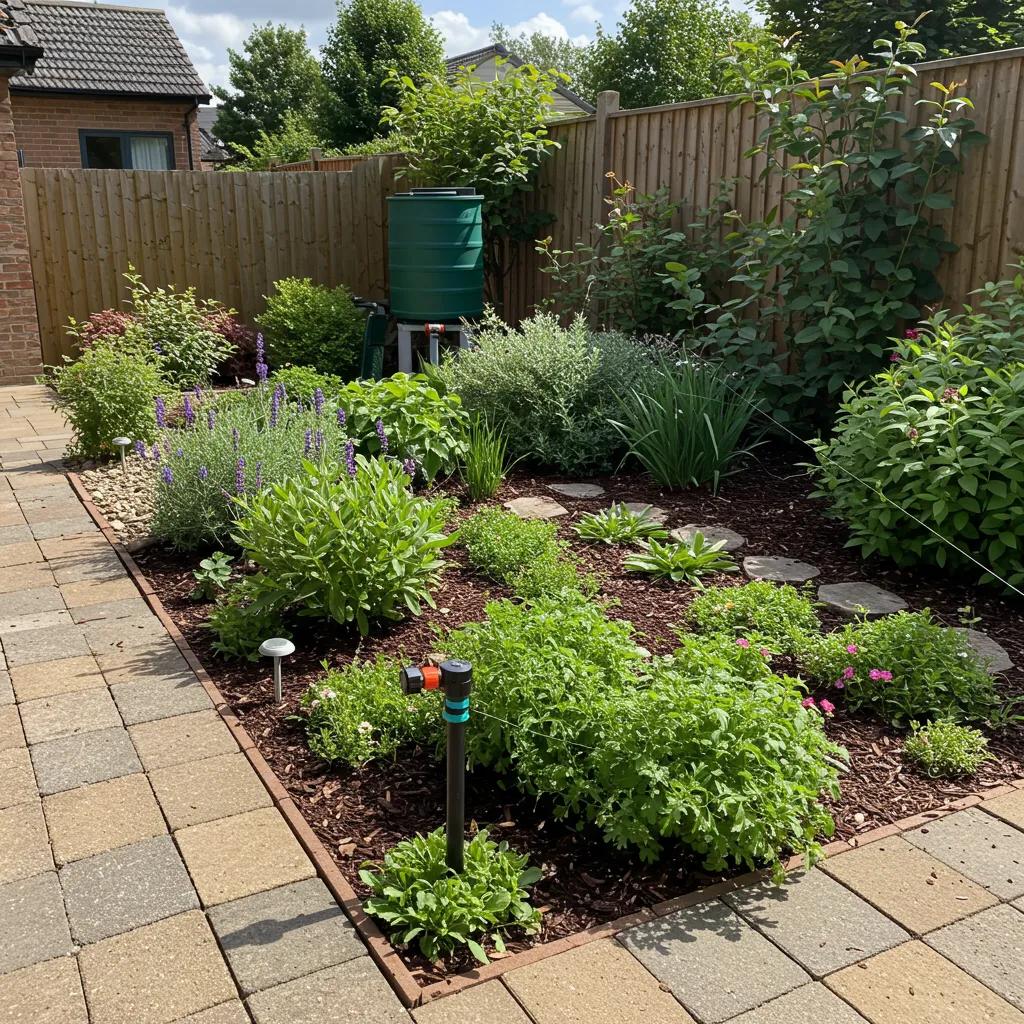
A professional landscape installation follows a structured process that transforms design concepts into a functional and lasting outdoor space. Each phase is guided by precision, planning, and communication to ensure that the final result matches the client’s vision while performing well in the long term. From initial consultation to the final walk-through, every step is designed to balance creativity with construction standards that prevent future maintenance issues.
The process typically begins with a consultation and site analysis, where designers and installers evaluate grading, soil conditions, drainage, and existing vegetation. This step helps define the project’s goals, scope, and budget while identifying potential challenges early. Once objectives are clear, the design and visualization phase begins, translating ideas into detailed plans and 3D renderings that show layout, scale, and material coordination. These visual tools allow clients to confirm how the final space will look and function before construction begins.
The construction phase brings the design to life through coordinated work between installation teams, equipment operators, and project managers. Hardscapes such as patios, walkways, and retaining walls are installed first, followed by irrigation systems, planting, and finishing touches like mulch and lighting. Quality control and progress updates during this phase keep timelines on track and prevent issues like poor grading or improper compaction that can cause long-term damage.
How Does Professional Project Management Ensure Lasting Results?
Effective project management is a hallmark of professional landscape installation and plays a key role in preventing costly mistakes. Clear communication between the design and construction teams ensures that the intent of the plan carries through to the final build. Project managers oversee scheduling, material logistics, and subcontractor coordination to keep each phase running smoothly.
They also monitor on-site workmanship to confirm that grading supports proper drainage, base materials meet compaction standards, and plantings are installed according to horticultural best practices. This level of oversight minimizes future maintenance costs and supports the longevity of both hardscape and softscape features. By addressing technical concerns early and maintaining transparency with homeowners, professional project management ensures the finished landscape is both durable and visually cohesive.
Why Is Visualization Important Before Installation Begins?
Visualization tools bridge the gap between concept and reality by showing homeowners exactly how the landscape will appear once completed. Scaled drawings and 3D renderings make it easier to understand proportion, texture, and color harmony, which reduces design changes during construction. This clarity prevents budget overruns and allows clients to make informed material selections that suit both aesthetic goals and maintenance preferences.
Visualization also helps identify potential challenges—like drainage conflicts or visual imbalances—before ground is broken. This proactive approach improves workflow and strengthens client confidence in the process. When paired with professional project oversight, visualization ensures that every stage of installation aligns with the intended design outcome, resulting in a landscape that’s not only beautiful but also built to last.
How Does Professional Installation Compare to DIY in Terms of Cost and Value?
When weighing DIY landscaping against professional landscape installation, the decision often comes down to balancing short-term savings with long-term reliability. While a do-it-yourself project may appear more affordable at first glance, it rarely accounts for hidden costs like poor grading, improper compaction, or plant loss. These issues can quickly erase any initial savings and lead to expensive corrections later.
Professionals, on the other hand, bring expertise, specialized tools, and proven methods that ensure the work is completed correctly from the start. They understand soil conditions, drainage requirements, and local regulations that many homeowners may overlook. The result is a landscape that not only looks better but also lasts longer with less maintenance. Many professional installations also include warranties or post-installation support, shifting risk and repair responsibility away from the homeowner.
Although professional installation comes with a higher upfront cost, it typically delivers greater long-term value by minimizing rework and extending the lifespan of both hardscape and softscape elements. Over time, this often makes the professional route more cost-effective than DIY efforts that require frequent repairs or replacements.
What Are the Risks and Hidden Costs of DIY Landscape Installation?
DIY landscape projects often seem straightforward but involve complex technical elements that can create costly problems if done incorrectly. Inadequate grading can lead to pooling water and erosion, while poor compaction beneath pavers or retaining walls can cause uneven settling and structural damage. Even minor errors in soil preparation or plant placement can result in stunted growth, root rot, or the need for complete replacement.
Beyond material waste, DIY projects also demand significant time and labor. Homeowners must factor in equipment rentals, disposal fees, and the potential need to correct mistakes later. Additionally, some projects require permits or must meet local building codes, which can lead to fines or forced removal if overlooked. These hidden costs often make self-installation more expensive than anticipated, especially when compared to a properly managed professional project.
How Does Professional Installation Save Money on Maintenance and Repairs Over Time?
A well-executed professional landscape installation is designed to minimize future maintenance and repair costs. Experienced installers use the correct materials and construction techniques to prevent shifting, cracking, and drainage failures. They also select plant varieties suited to local soil and climate conditions, reducing the need for frequent watering, replacements, and chemical treatments.
Proper irrigation design and grading protect against water waste and erosion, saving money on utilities while preserving the integrity of the landscape. The efficiency gained through correct installation translates into fewer ongoing repairs and a lower total cost of ownership. Over several years, these savings often outweigh the difference in initial investment between DIY and professional work.
When comparing both approaches, professional installation consistently delivers a more durable, attractive, and cost-efficient result. It not only enhances curb appeal and property value but also gives homeowners the confidence that their landscape will remain stable and beautiful for years to come.
How to Choose the Right Professional Landscape Installer in Metro Atlanta?
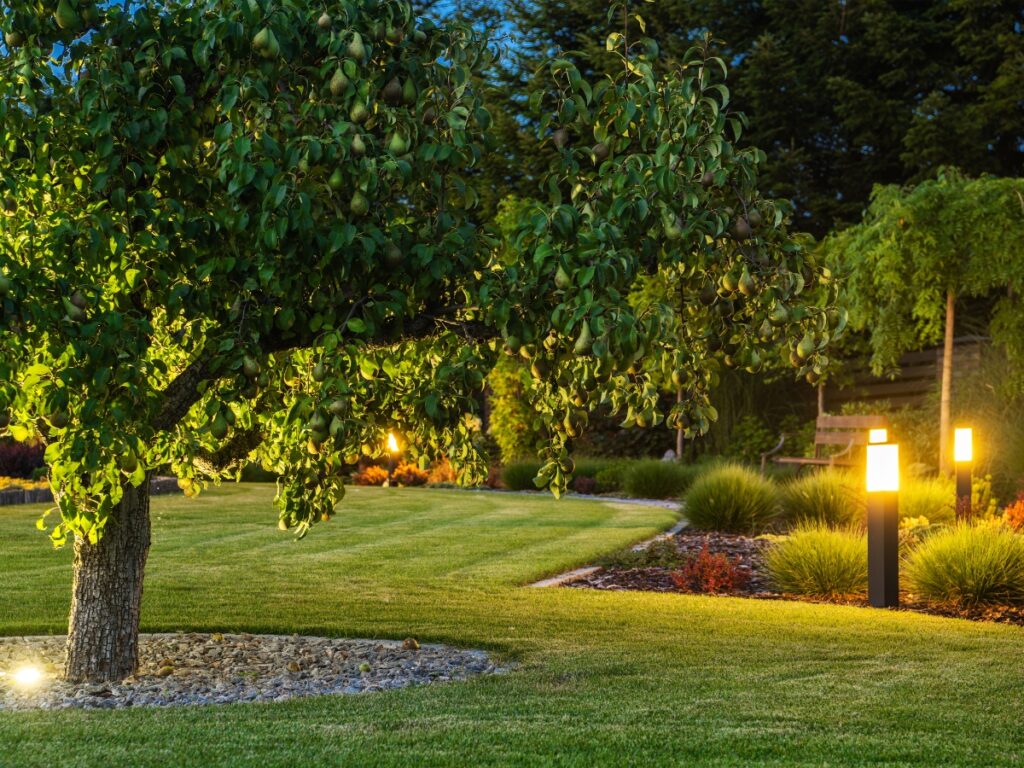
Selecting the right company for a professional landscape installation in Metro Atlanta takes more than just finding a contractor with the lowest quote. It requires careful evaluation of experience, credentials, communication, and craftsmanship. A good installer should combine technical expertise with local knowledge, ensuring that your project not only looks great but also performs well over time in Georgia’s varied soil and climate conditions.
Start by reviewing each company’s credentials and verifying they hold the proper licenses, insurance, and certifications. Membership in professional landscaping associations or horticultural organizations shows a commitment to best practices and continuing education. Look for an installer with a strong record in projects similar to yours—such as patios, water features, or native plant designs—to confirm they can handle the specific demands of your property.
Local experience is another major advantage. A team familiar with Metro Atlanta’s clay-heavy soils, rainfall patterns, and native plant varieties can design and install landscapes that thrive with less maintenance. This understanding helps prevent problems like drainage failures or plant loss, which are common when installations don’t account for regional conditions.
What Credentials and Experience Should You Look For?
When evaluating a landscape professional, check for recognized industry certifications that indicate formal training in design, horticulture, or construction techniques. Ask how their experience applies to your specific goals—whether that’s improving curb appeal, creating outdoor living spaces, or solving erosion problems. Installers who can demonstrate successful results on comparable projects often deliver more predictable outcomes and fewer post-installation issues.
A strong professional background also includes consistent project management practices. Reliable contractors maintain clear timelines, provide written estimates, and use detailed contracts that outline materials, costs, and warranty coverage. This level of transparency reduces the risk of delays or unexpected expenses once the work begins.
Why Are Client Testimonials and Portfolios Important?
Before committing to an installer, review their project gallery and client testimonials to see the quality of their work and how they handle real-world challenges. Portfolios reveal design consistency, attention to detail, and how well the finished product ages over time. Look for well-balanced compositions, clean edges in hardscaping, and healthy, properly placed plantings.
Client reviews can also give you a sense of reliability and professionalism. Repeated mentions of strong communication, adherence to budget, and post-install support indicate that the company values long-term client satisfaction rather than one-time transactions. Combining testimonials with a visual review of past work provides a more complete picture of what to expect from your chosen team.
What Questions Should You Ask Before Hiring a Landscape Contractor?
During consultations, ask direct questions that clarify expectations, budget, and maintenance requirements. Confirm the estimated timeline and what steps the team will take to address potential issues, such as poor drainage or grading problems. Request information about the materials they use, how they source plants, and whether they provide warranties for their work.
Also, ask how communication will be handled throughout the project. A professional installer should provide consistent updates, explain any changes, and outline what support is available after completion. By taking the time to vet credentials, review past work, and ask informed questions, you’ll have a clear understanding of what makes a professional landscape installation worth the investment.
What Are Common Questions About the Value of Professional Landscape Installation?
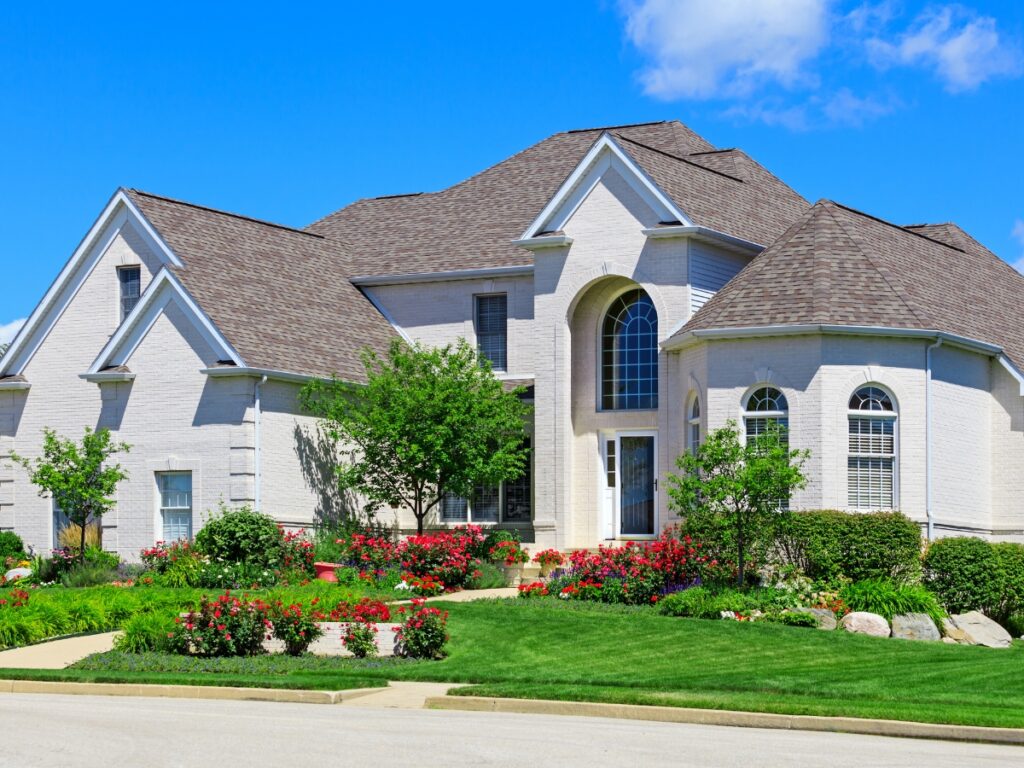
Homeowners commonly ask whether professional landscape installation is a good investment, how much value landscaping adds, how long projects take, and what warranties to expect; accurate, concise answers help set realistic expectations. Professionals evaluate site-specific variables—neighborhood comparables, project scope, and material choices—when estimating ROI and timelines, which explains why general ranges are useful but not definitive. The brief Q&A pairs below provide direct guidance for typical buyer questions and point to the next steps homeowners should take when planning a project.
- Is Professional LandscapeInstallation a Good Investment?: Yes; it typically yields strong ROI when design prioritizes curb appeal and durable materials.
- How Much Can Professional Landscaping Increase Home Value?: Expect a realistic range of about 5–20% depending on project scope and market conditions.
- How Long Does LandscapeInstallation Typically Take?: Small projects can finish in 1–3 weeks; larger, phased builds may take 4–12+ weeks.
- What Warranty and Support Do Professional Installers Provide?: Warranties vary; ask for written terms on plants, workmanship, and hardscape installation.
Is Professional Landscape Installation a Good Investment?
Yes—professional installation is generally a good investment when projects are scoped to maximize curb appeal and durability, because buyers often reward well-designed outdoor spaces and correct construction with higher offers. The investment outcome depends on the project type, the neighborhood market, and the quality of materials and workmanship. Focusing on high-ROI elements—cohesive plantings, durable patios, and functional outdoor living areas—helps ensure the investment pays off. This consideration leads into the typical percent ranges projects produce at resale.
How Much Can Professional Landscaping Increase Home Value?
Professional landscaping commonly increases home value in a range roughly between 5% and 20%, with higher returns associated with well-executed hardscapes and functional outdoor living features. Variables that influence the outcome include neighborhood comparables, scale of improvement, and alignment with buyer preferences. Strategic investments that improve first impressions and usable space tend to sit at the higher end of the range. Knowing this helps homeowners prioritize elements that offer the best blend of utility and resale appeal.
How Long Does Landscape Installation Typically Take?
Timeline depends on scope: small planting or lighting projects often complete in one to three weeks, while integrated hardscape and water-feature projects can require multiple weeks to several months for complex builds and permitting. Weather, material lead times, and site constraints also affect schedules, and professionals manage these variables through phased planning and contingency buffers. Confirming a timeline in writing before work begins reduces scheduling surprises and transitions to the final common concern—warranty and support.
What Warranty and Support Do Professional Installers Provide?
Warranties and post-install support vary across providers but commonly include short-term plant establishment guarantees and workmanship assurances for hardscapes; specifics should be requested in writing. Many professionals offer maintenance plans or seasonal check-ups to protect plant health and irrigation performance, which preserves installed value. Always confirm what is covered, the term length, and any homeowner responsibilities required to keep warranties valid. For homeowners seeking a local consultation, requesting written warranty terms from prospective installers is a prudent final step.
Frequently Asked Questions

What are the long-term benefits of hiring a professional landscape installer?
Hiring a professional landscape installer offers numerous long-term benefits, including enhanced property value, reduced maintenance costs, and improved environmental sustainability. Professionals ensure that the right materials and plants are used, which can lead to lower utility bills and fewer repairs over time. Additionally, their expertise in design and installation can create outdoor spaces that are not only beautiful but also functional, allowing homeowners to enjoy their landscapes for years to come.
How can I assess the quality of a landscape installation?
To assess the quality of a landscape installation, look for several key indicators. Check for proper plant placement, healthy growth, and the overall aesthetic appeal of the design. Additionally, evaluate the functionality of hardscapes, such as patios and walkways, ensuring they are level and well-constructed. Requesting references and viewing before-and-after photos of previous projects can also provide insight into the contractor’s workmanship and reliability.
What is the typical timeline for a professional landscape installation project?
The timeline for a professional landscape installation project can vary significantly based on the scope and complexity of the work. Smaller projects, such as planting or installing lighting, may take 1 to 3 weeks, while larger projects involving hardscapes or water features can extend from several weeks to a few months. Factors such as weather conditions, material availability, and site-specific challenges can also influence the overall timeline, so it’s essential to discuss this with your contractor upfront.
Are there specific maintenance practices I should follow after installation?
After installation, maintaining your landscape is crucial for its longevity and health. Regular practices include watering according to the needs of your plants, mulching to retain moisture, and pruning to encourage healthy growth. It’s also important to monitor for pests and diseases, addressing any issues promptly. Seasonal check-ups with your landscape professional can help ensure that your outdoor space remains vibrant and well-maintained throughout the year.
What are the advantages of using native plants in landscaping?
Using native plants in landscaping offers several advantages, particularly in terms of sustainability and maintenance. Native plants are well-adapted to the local climate and soil conditions, requiring less water and fewer chemical inputs than non-native species. They also support local wildlife, including pollinators, and contribute to biodiversity. By incorporating native plants, homeowners can create a more resilient landscape that thrives with minimal intervention, ultimately saving time and resources.
How can I ensure my landscape design is environmentally friendly?
To ensure your landscape design is environmentally friendly, focus on using native plants, implementing efficient irrigation systems, and selecting permeable materials for hardscapes. Incorporating compost and organic fertilizers can enhance soil health, while mulching helps retain moisture and suppress weeds. Additionally, consider creating habitats for local wildlife and using sustainable practices throughout the installation process. Collaborating with a professional landscape designer can help you integrate these eco-friendly elements effectively.
What should I consider when planning a landscape installation project?
When planning a landscape installation project, consider your budget, the specific goals you want to achieve, and the unique characteristics of your property. Assess the existing landscape, including soil quality, drainage issues, and sunlight exposure, as these factors will influence plant selection and design. Additionally, think about how you want to use the space—whether for entertaining, gardening, or relaxation. Collaborating with a professional can help you refine your vision and ensure that your project aligns with your lifestyle and the local environment.
How can I ensure the longevity of my landscape installation?
To ensure the longevity of your landscape installation, choose high-quality materials and plants suited to your local climate. Regular maintenance, including watering, pruning, and fertilizing, is essential for plant health. Implementing proper drainage and irrigation systems can prevent water-related issues that may damage hardscapes and plantings. Additionally, consider seasonal check-ups with your landscape professional to address any emerging issues early and keep your landscape thriving for years to come.
What types of plants are best for Metro Atlanta‘s climate?
Metro Atlanta‘s climate is characterized by hot summers and mild winters, making it suitable for a variety of plants. Native species such as azaleas, dogwoods, and ferns thrive in this environment and require less maintenance. Additionally, drought-resistant plants like lavender and ornamental grasses can help conserve water. When selecting plants, consider their growth habits, seasonal interest, and compatibility with your landscape design to create a vibrant and sustainable garden.
How can I incorporate sustainability into my landscape design?
Incorporating sustainability into your landscape design can be achieved through several strategies. Use native plants that require less water and maintenance, and implement efficient irrigation systems to minimize water waste. Consider permeable paving materials for hardscapes to reduce runoff and promote groundwater recharge. Additionally, composting organic waste and using organic fertilizers can enhance soil health. Collaborating with a professional landscape designer can help you integrate these sustainable practices effectively into your project.
What are the common mistakes homeowners make with DIY landscaping?
Common mistakes homeowners make with DIY landscaping include underestimating the complexity of design and installation, leading to issues like poor drainage and plant placement. Many also overlook the importance of soil preparation and proper grading, which can result in long-term problems. Additionally, selecting plants without considering their growth requirements and compatibility can lead to failures. Engaging a professional can help avoid these pitfalls and ensure a successful landscape installation that meets your expectations.
How do I maintain my landscape after installation?
Maintaining your landscape after installation involves regular tasks such as watering, weeding, pruning, and fertilizing. Establish a watering schedule based on the needs of your plants and the local climate. Mulching can help retain moisture and suppress weeds. Regularly inspect your landscape for signs of pests or diseases and address them promptly. Consider seasonal maintenance services from your landscape professional to ensure your outdoor space remains healthy and vibrant throughout the year.
Conclusion
Professional landscape installation is more than an expense—it’s a strategic investment that enhances your property’s beauty, functionality, and long-term value. From precise hardscaping to healthy plant establishment, expert craftsmanship ensures your outdoor space thrives for years to come. At Legacy Landscape Design, we combine creative vision with technical expertise to bring your dream landscape to life. Ready to transform your property? Call 770-427-2026 or fill out our contact form today for a consultation. Let’s build an outdoor oasis that’s worth every penny.
